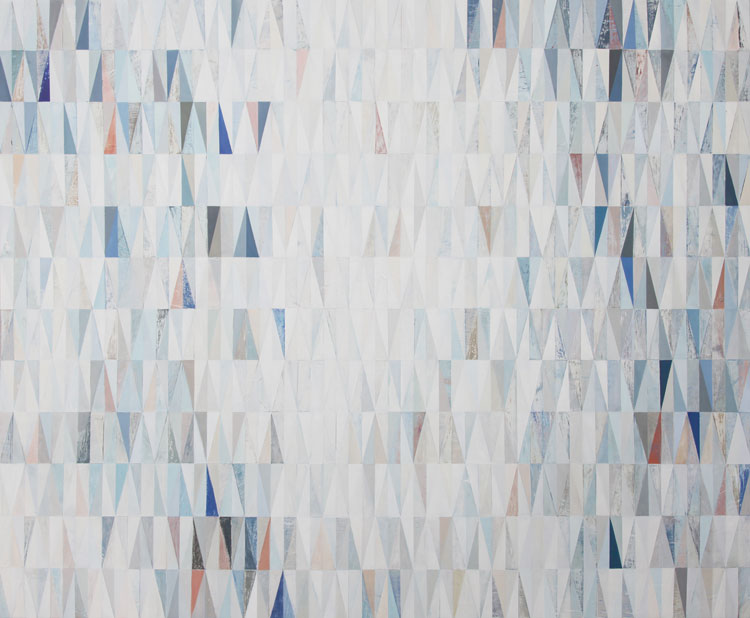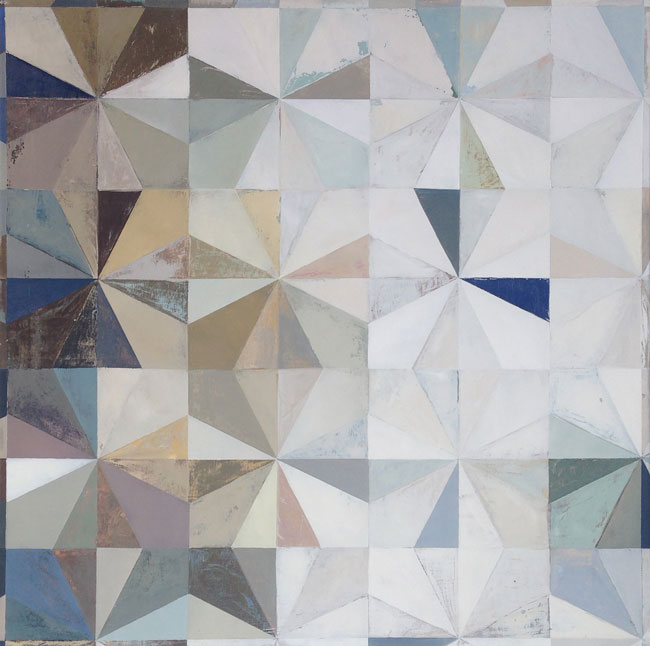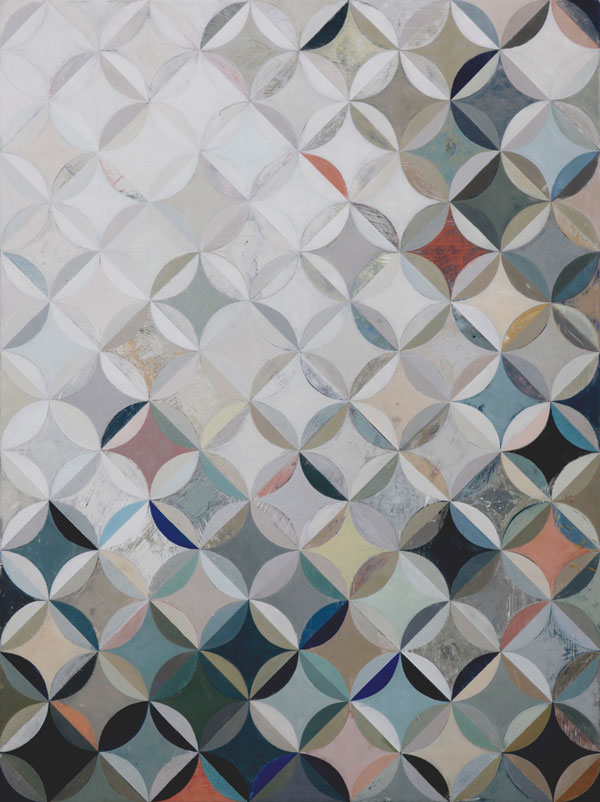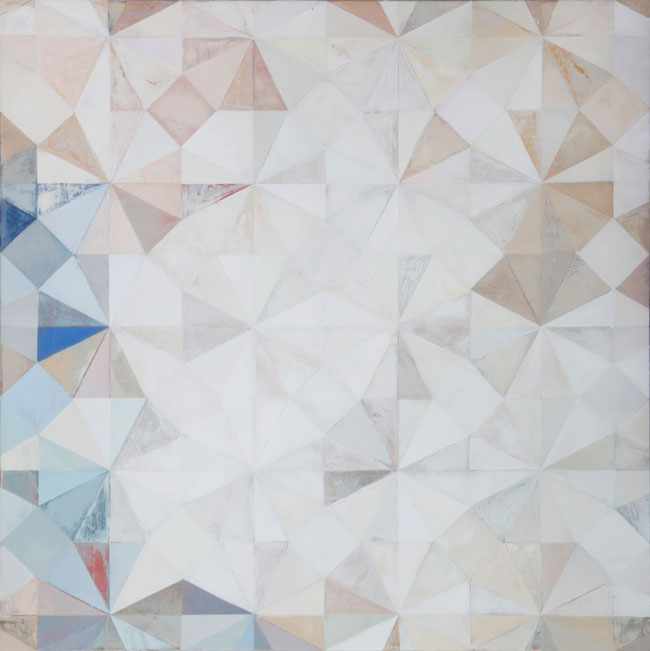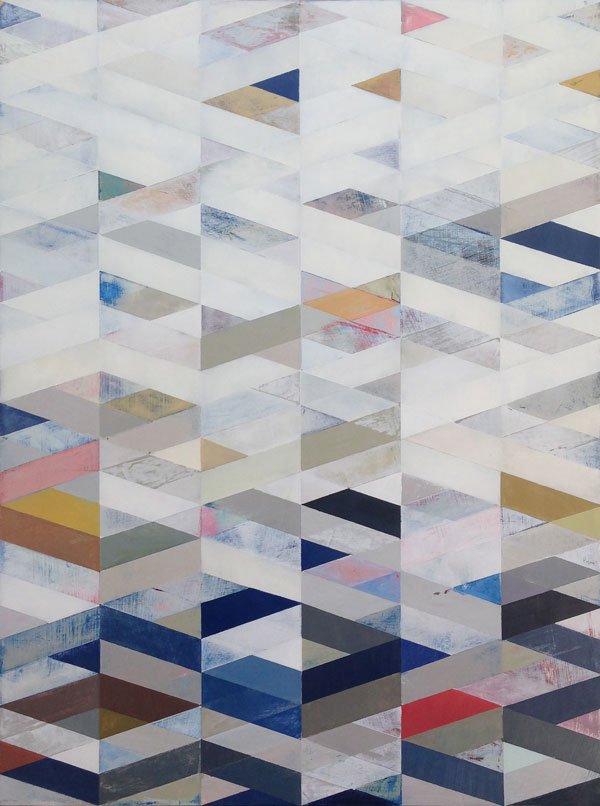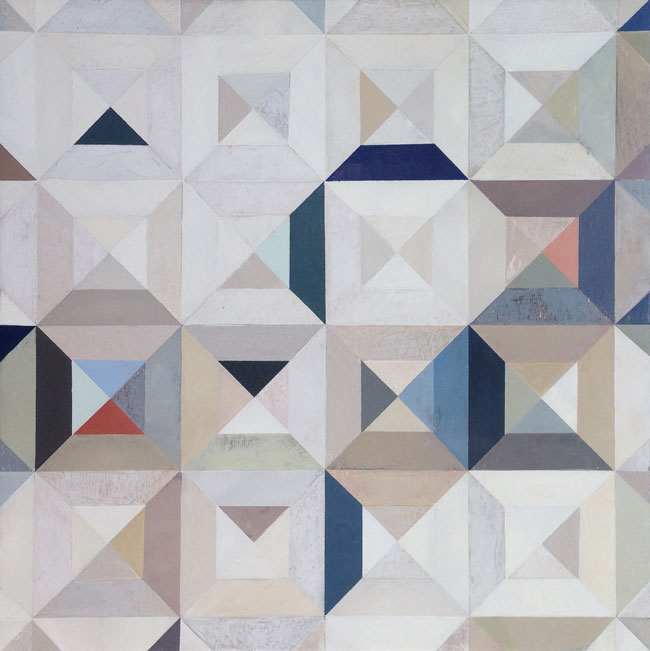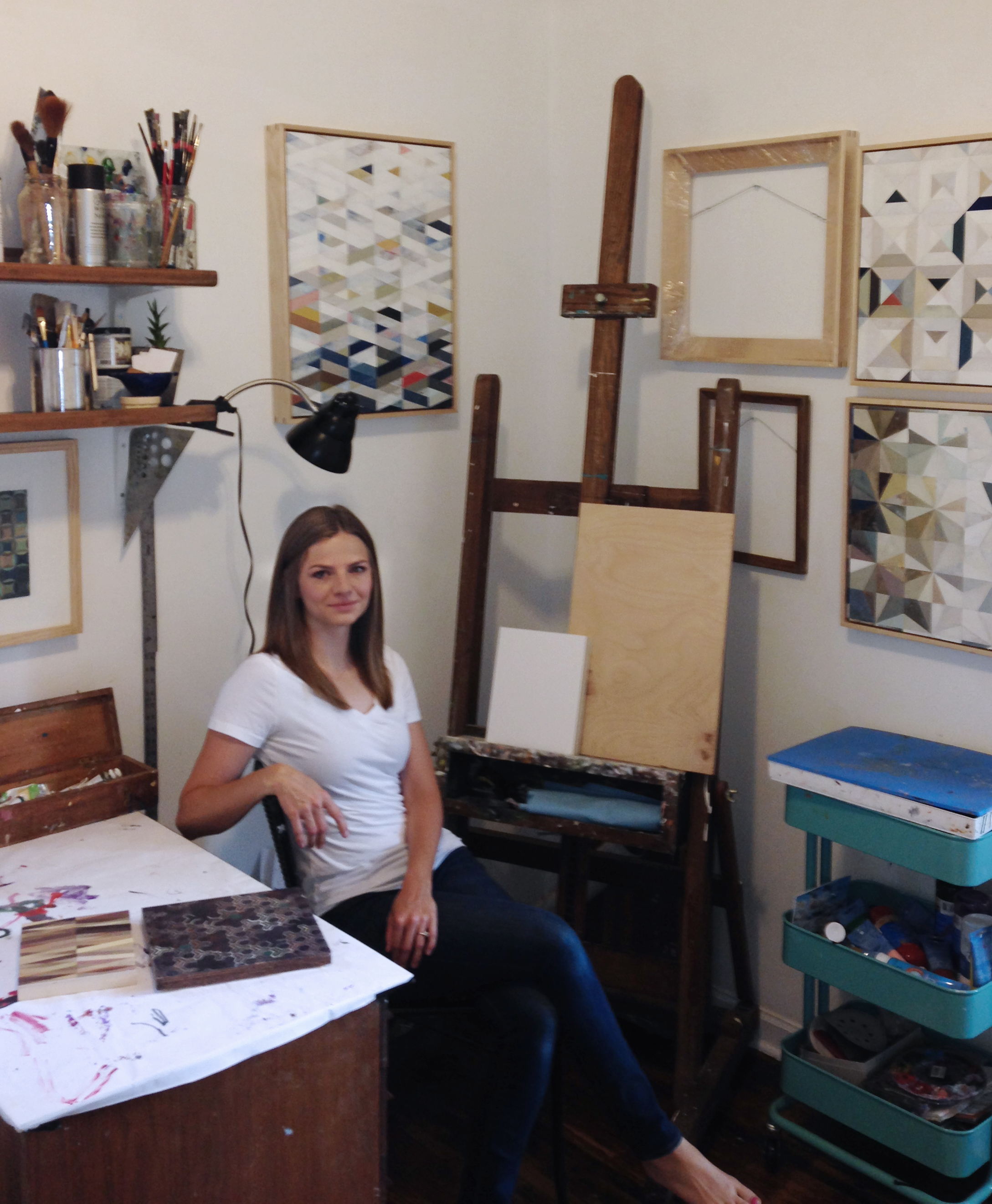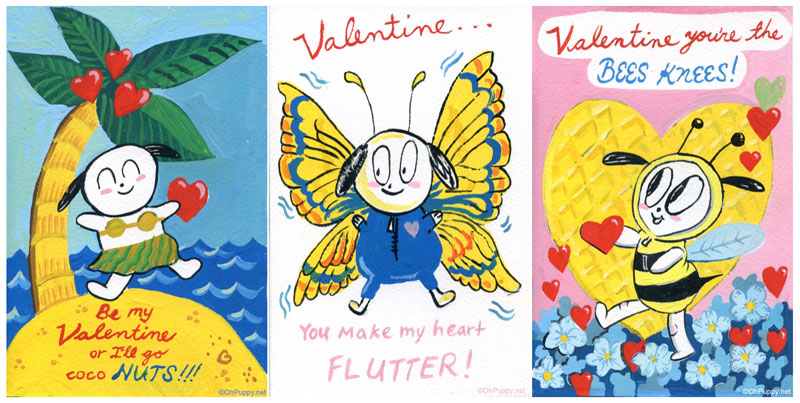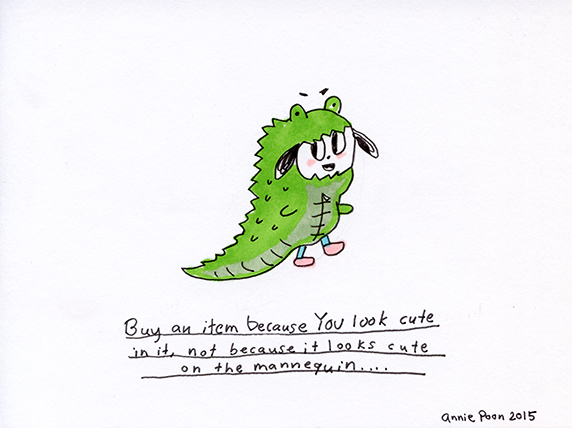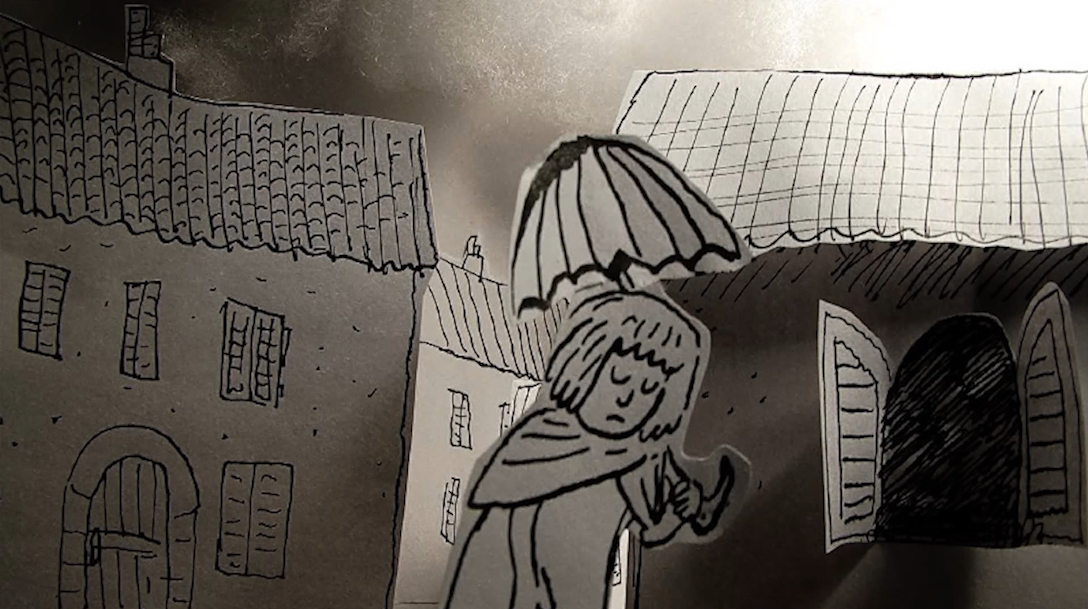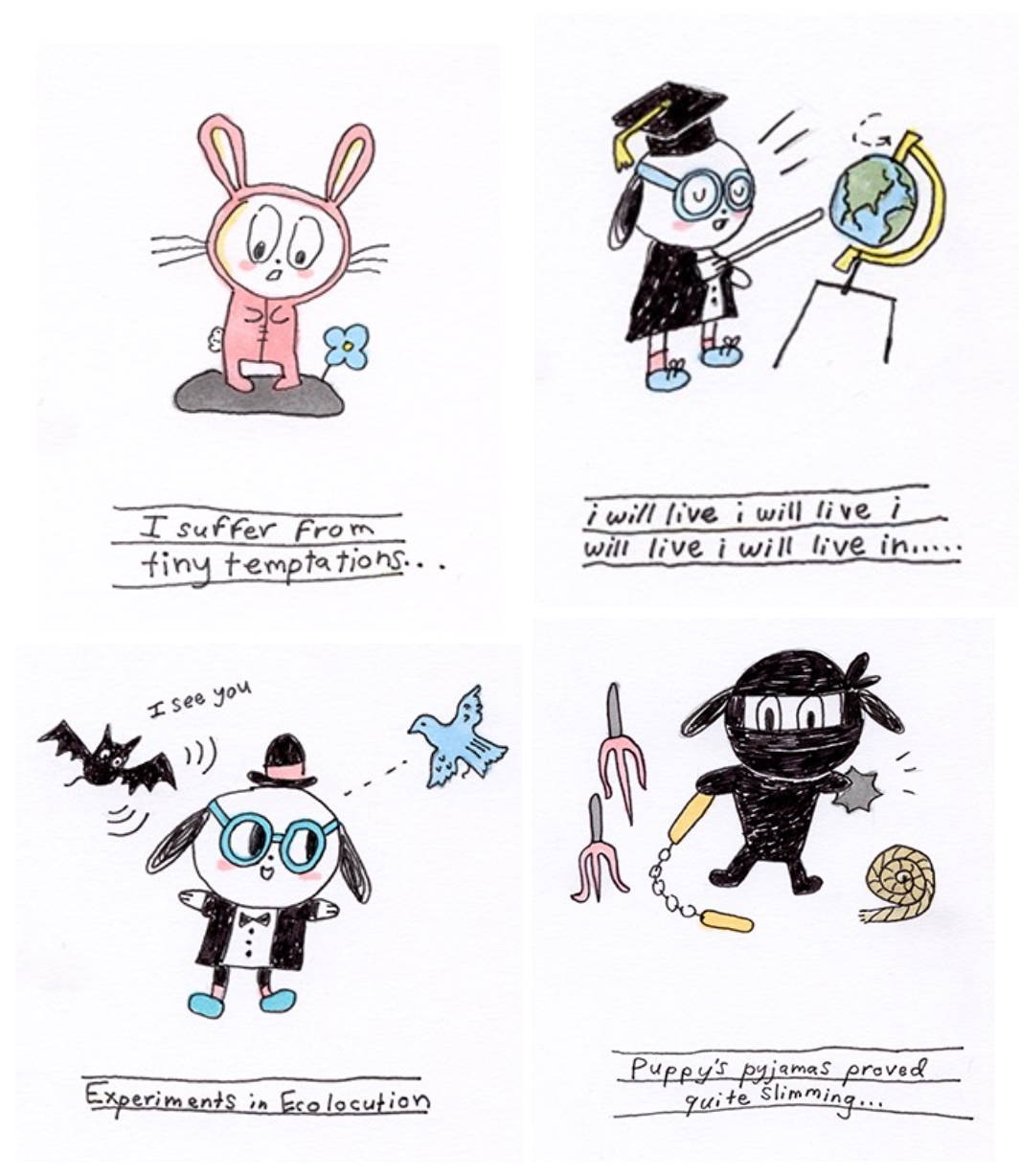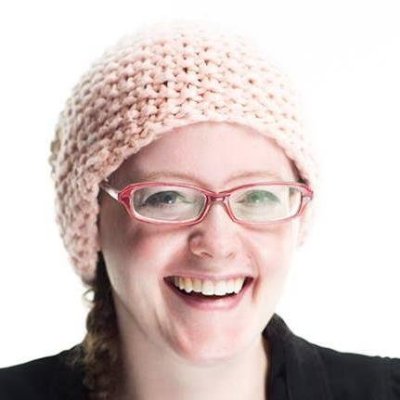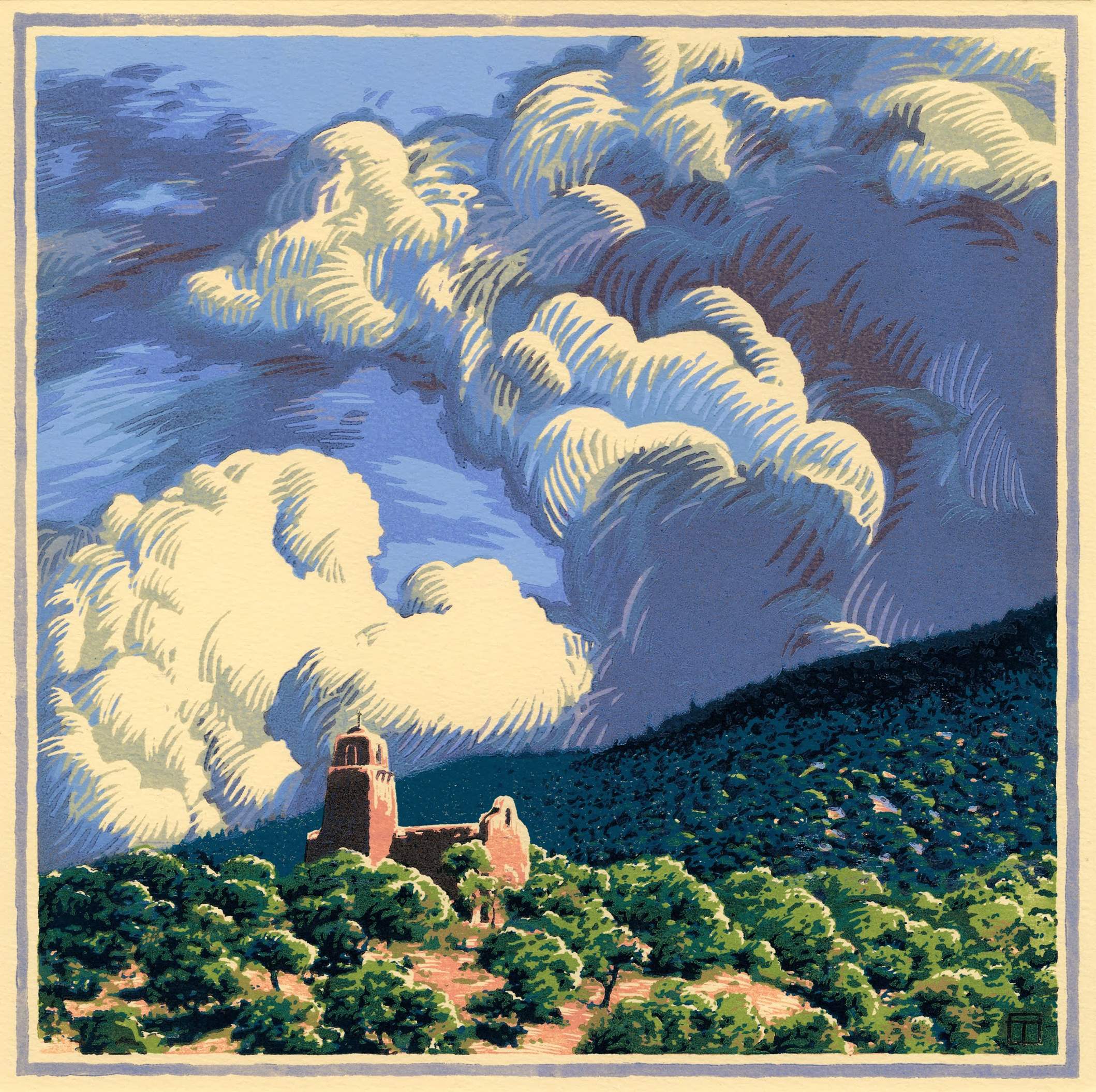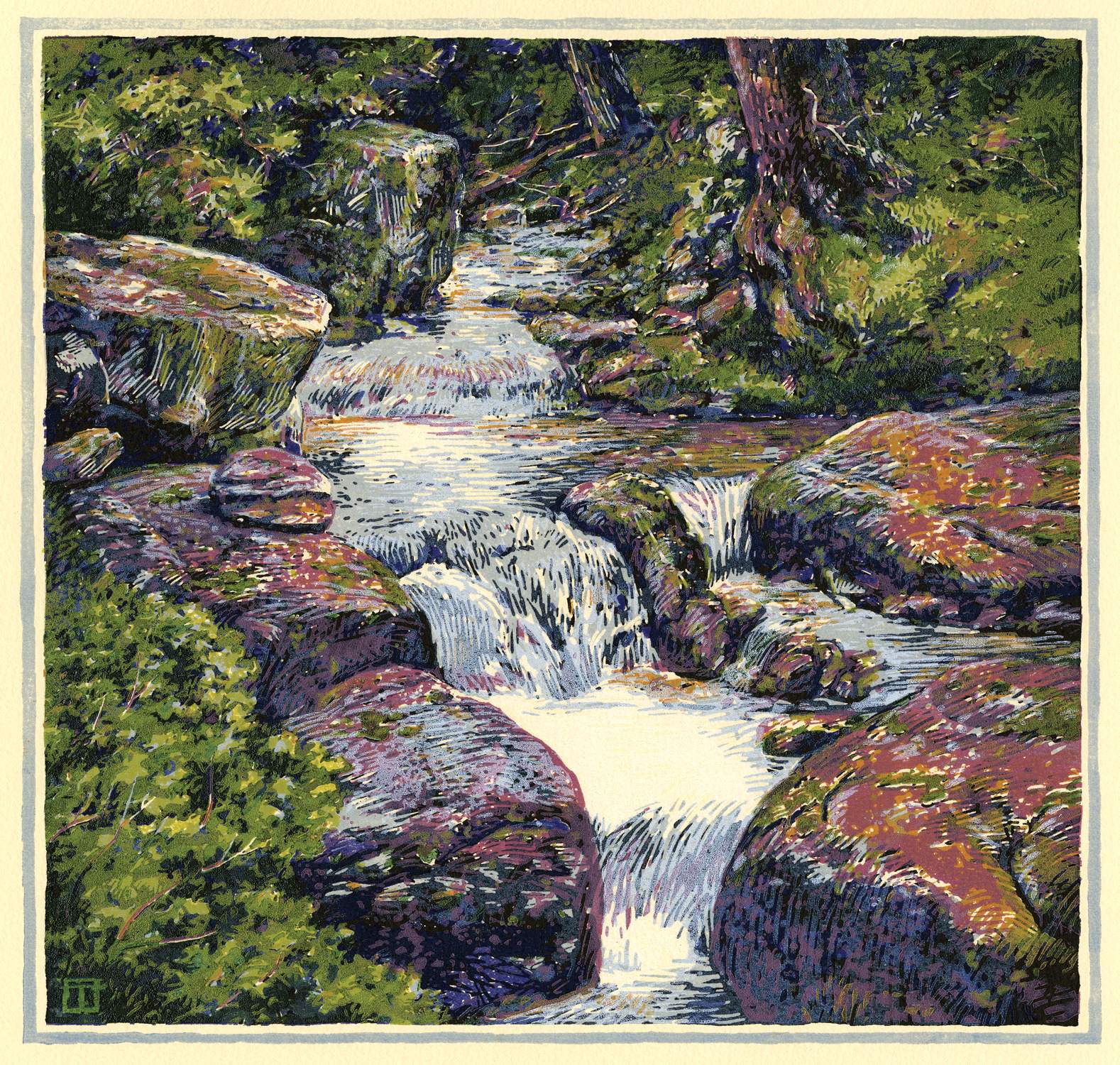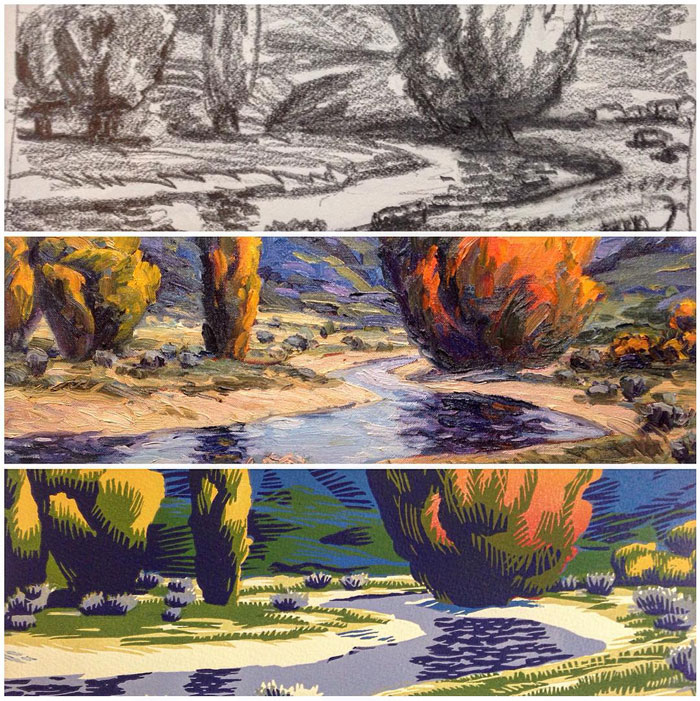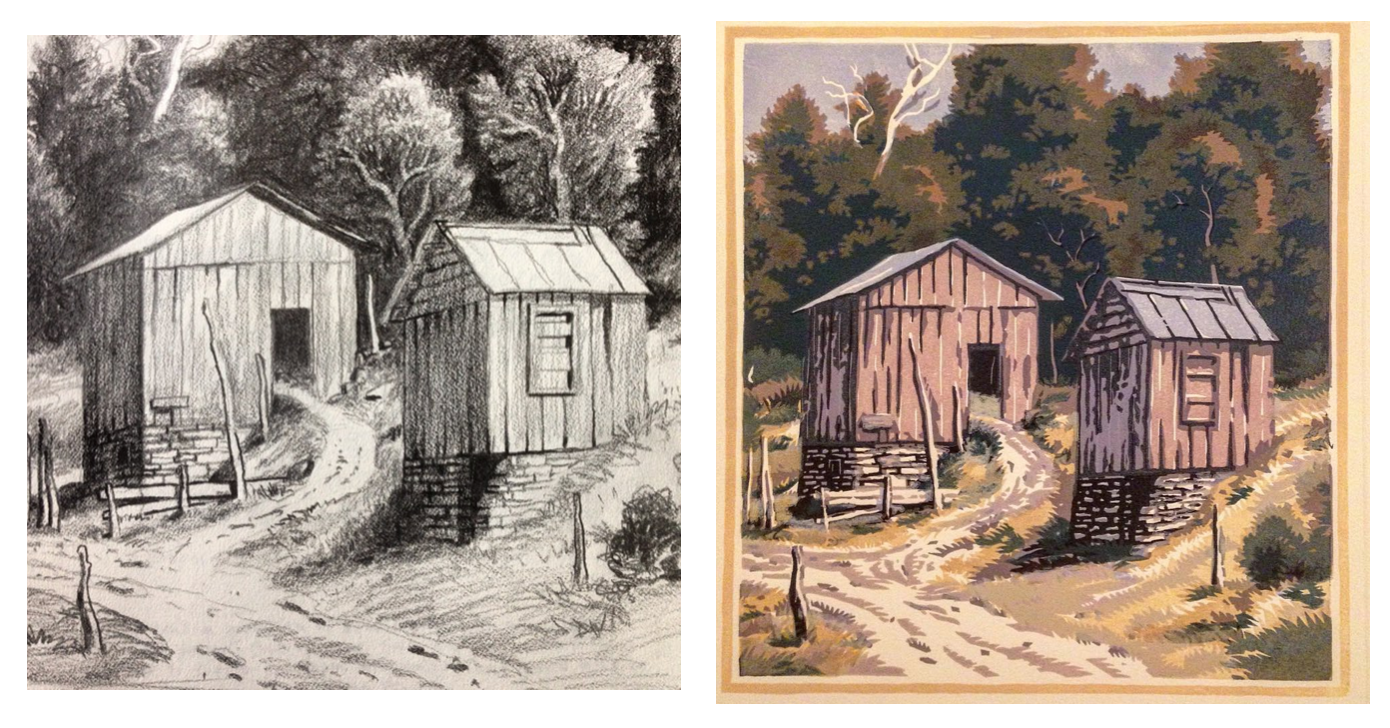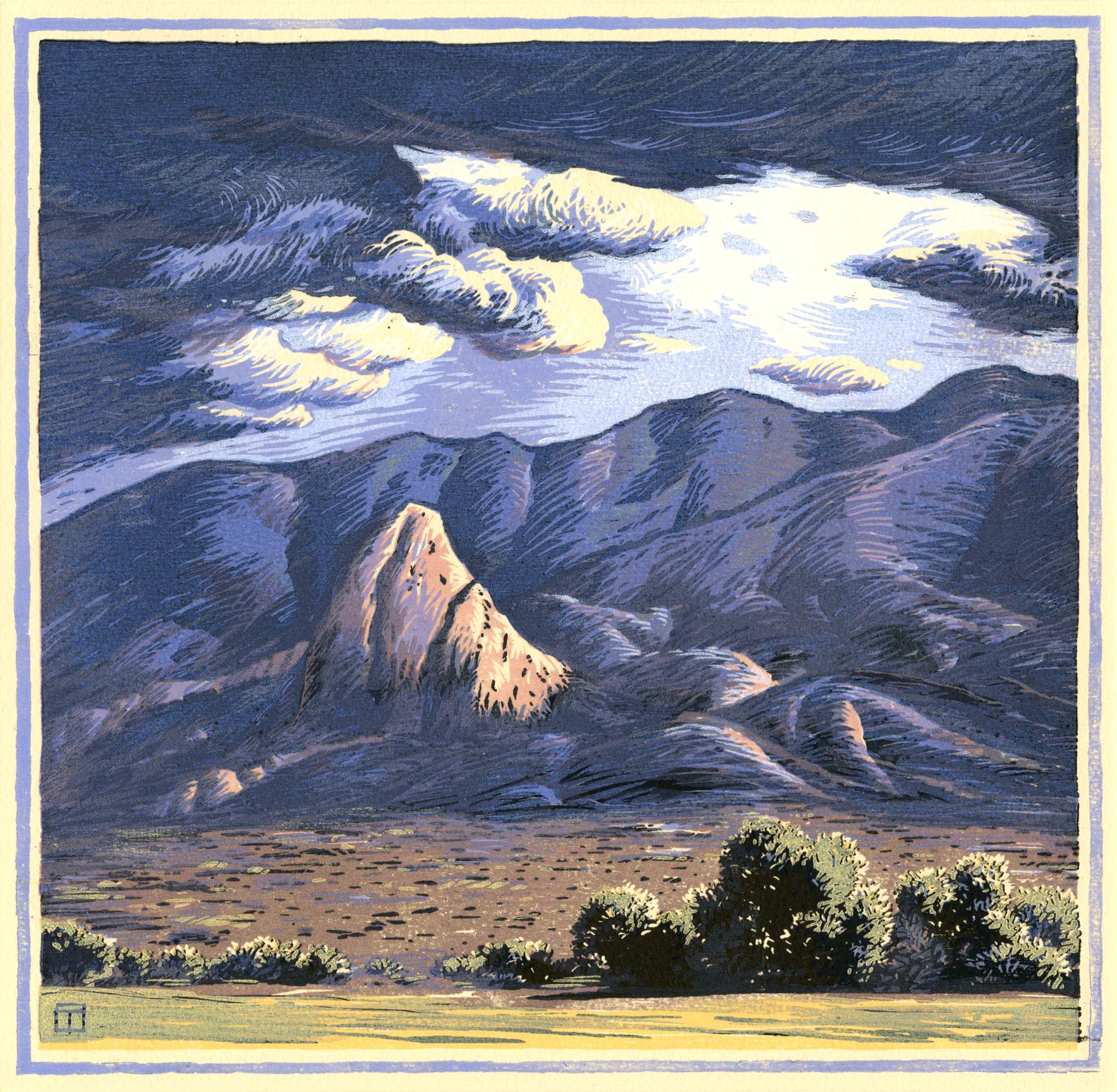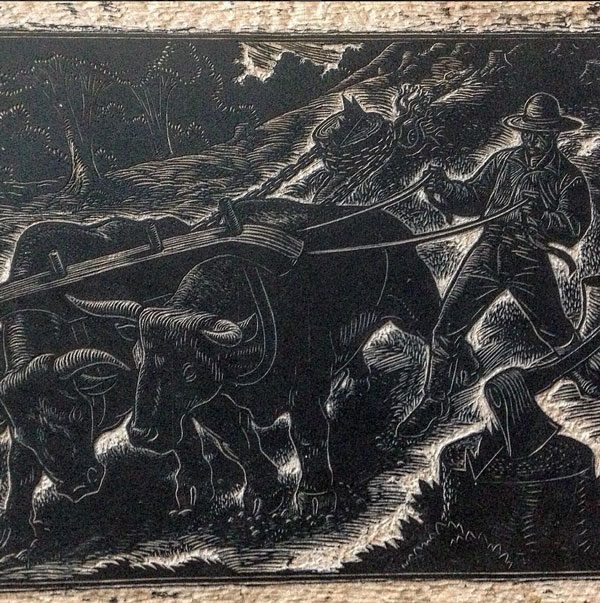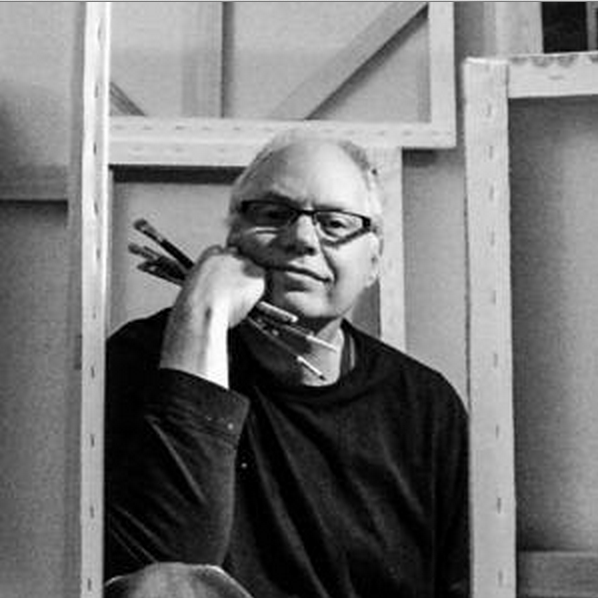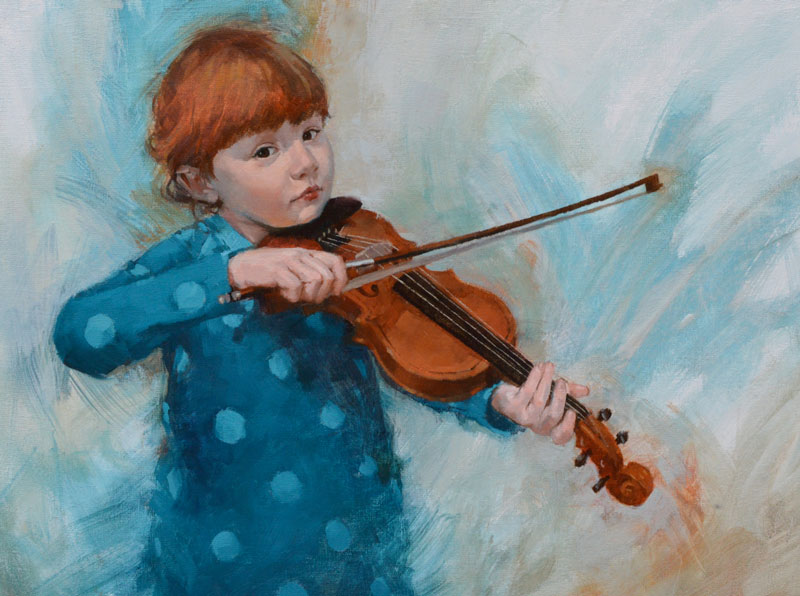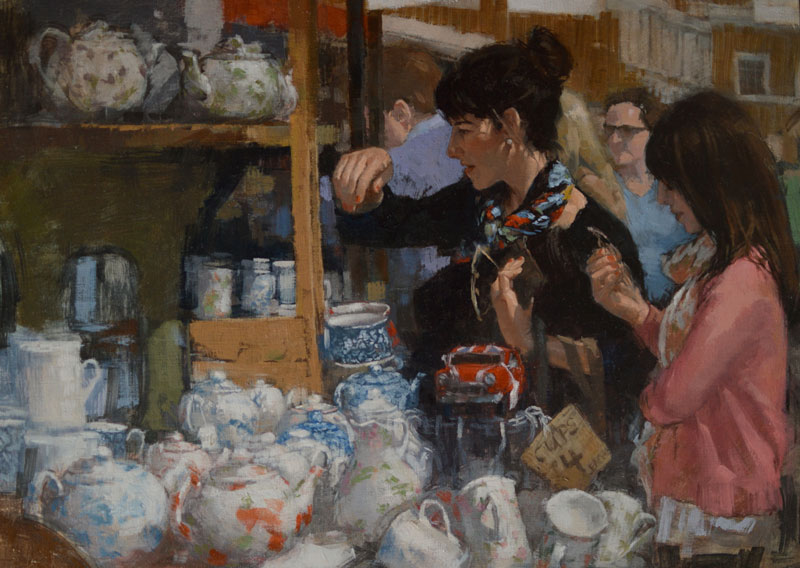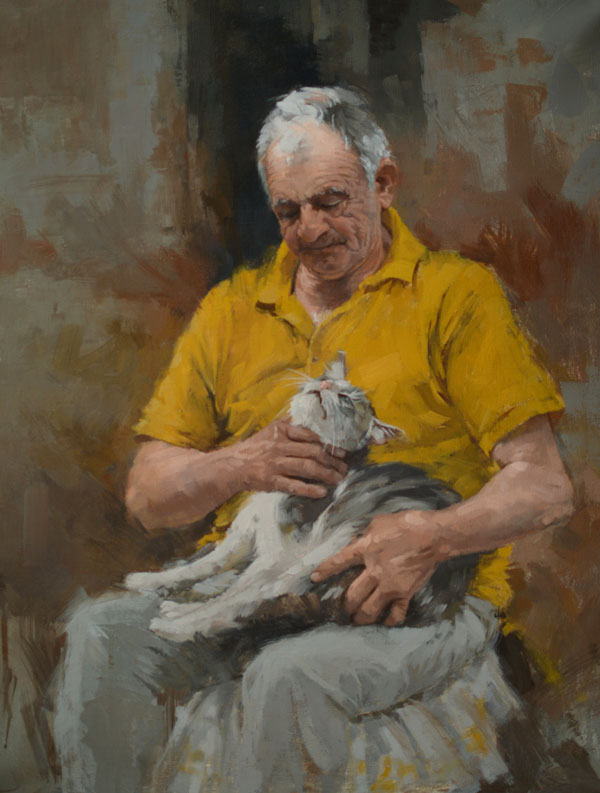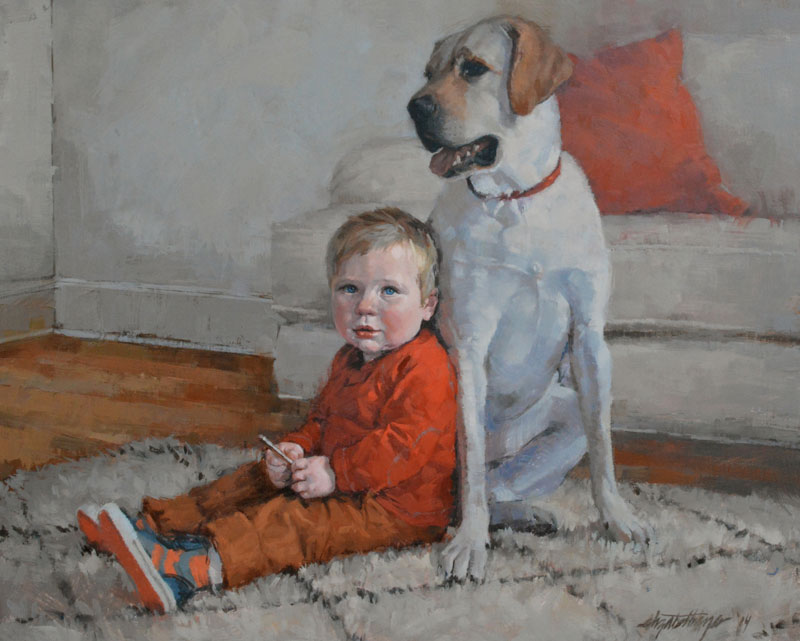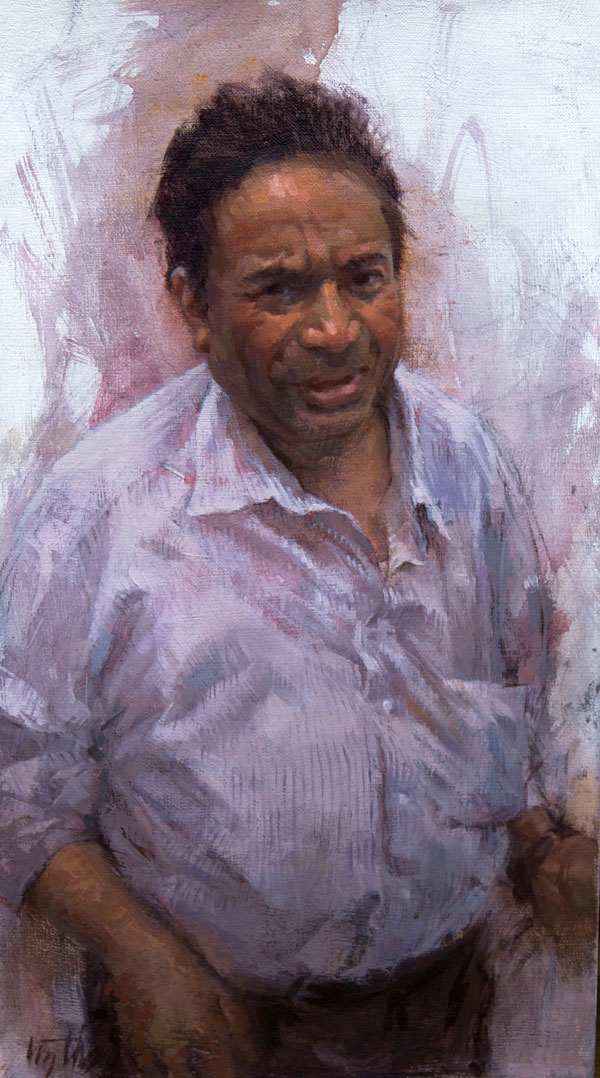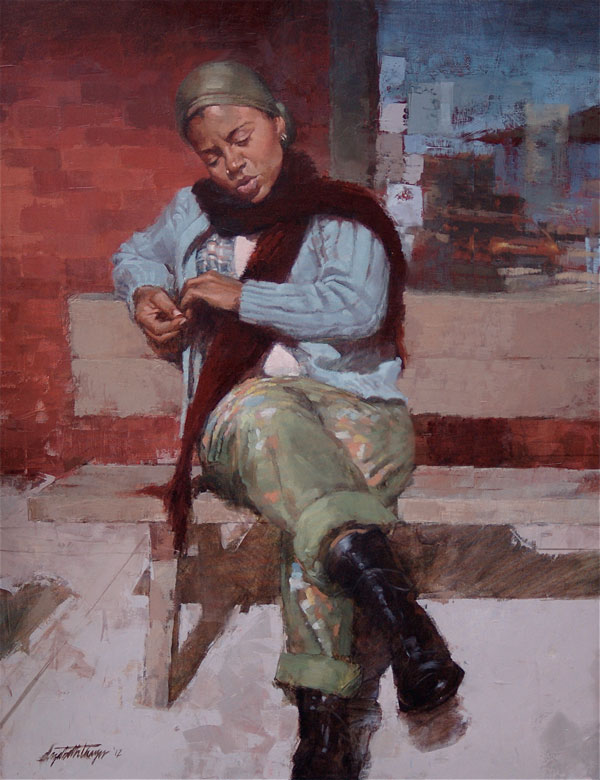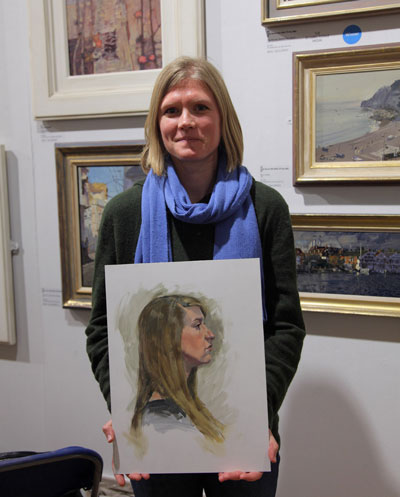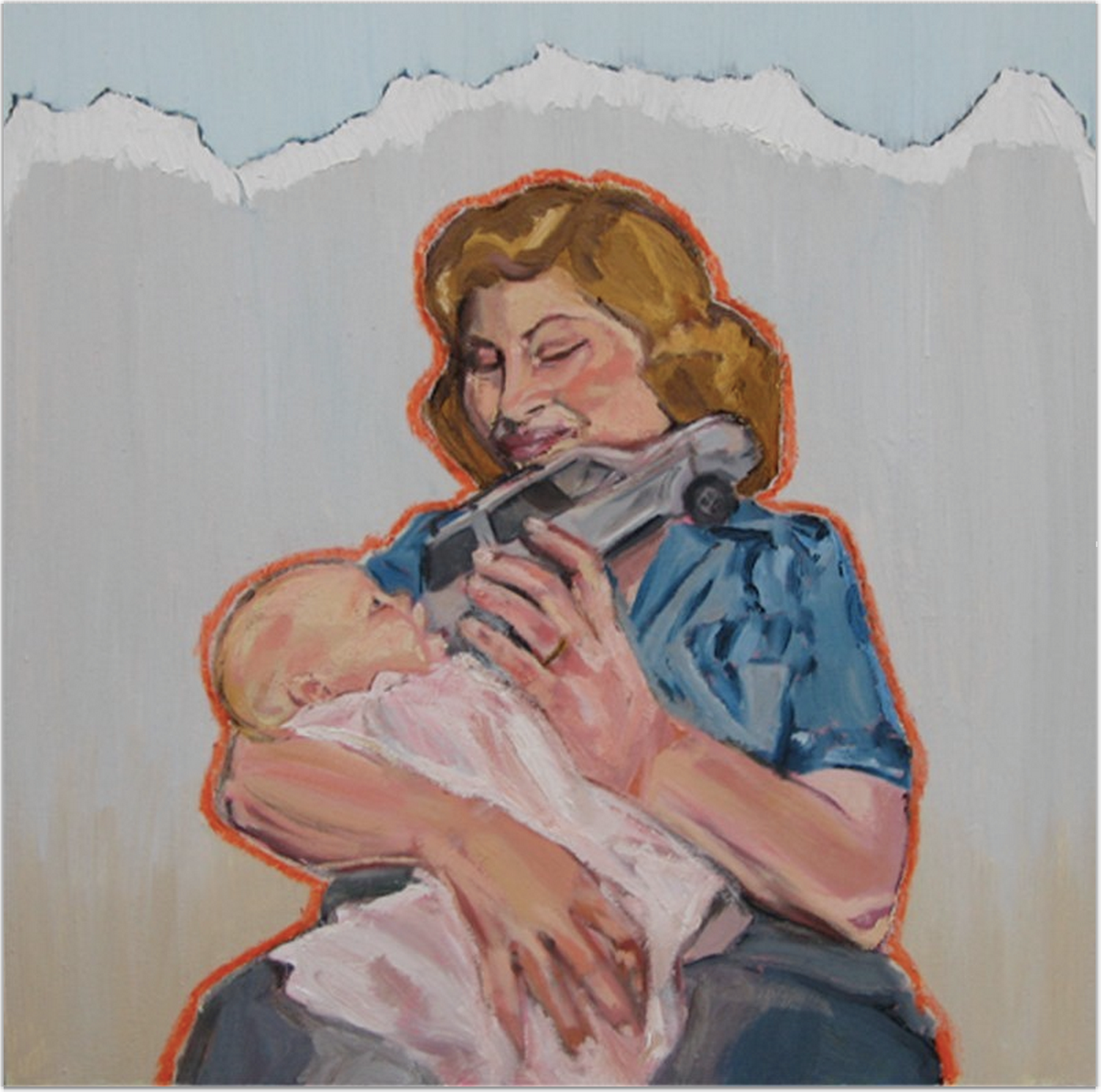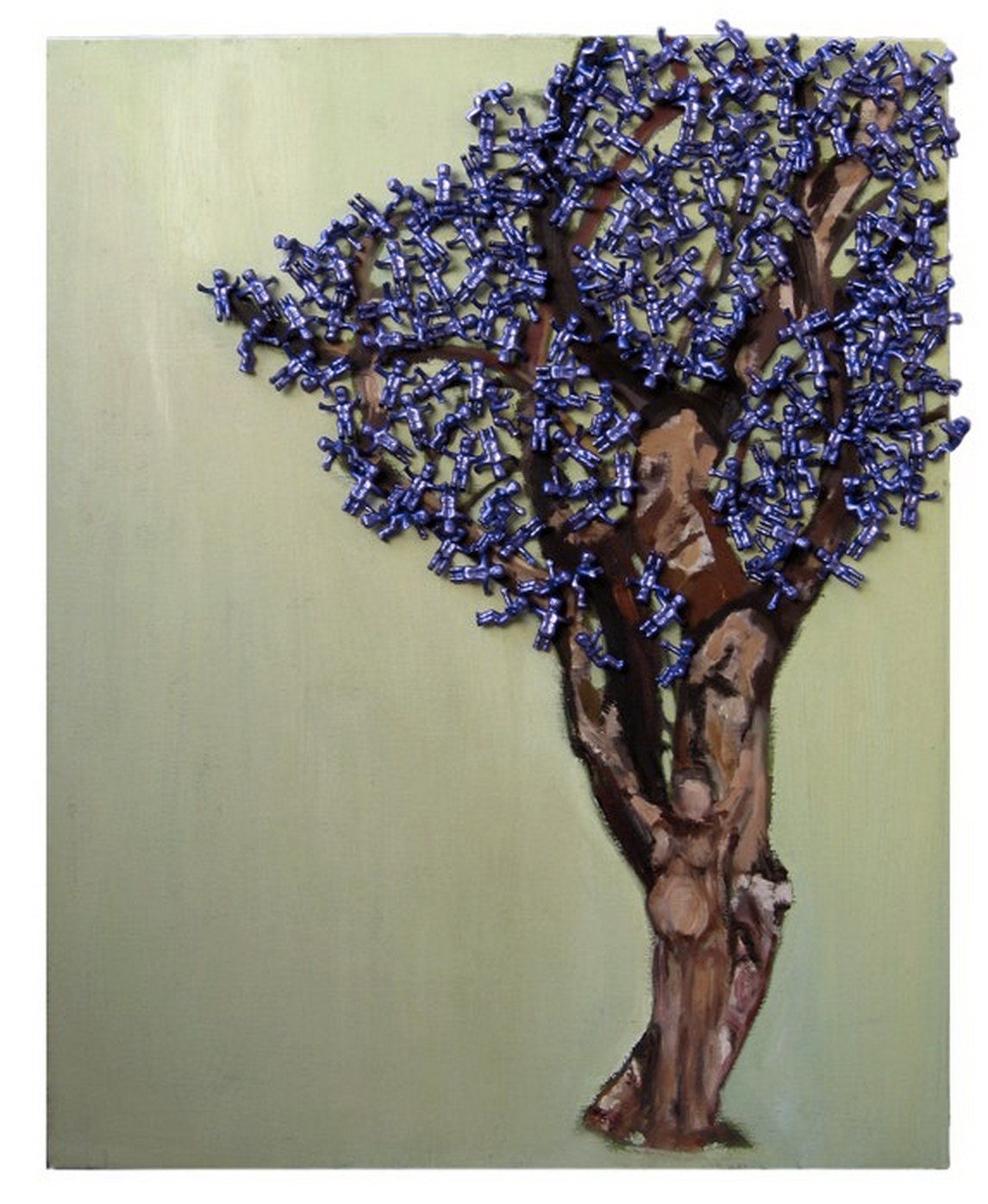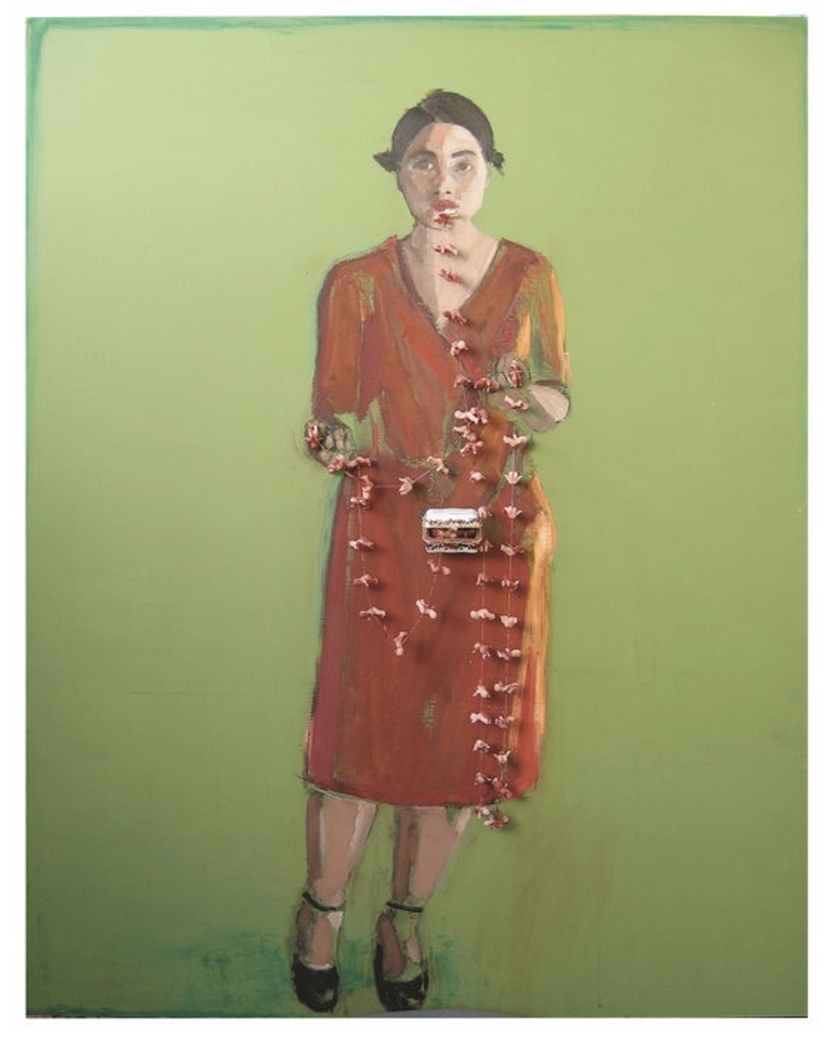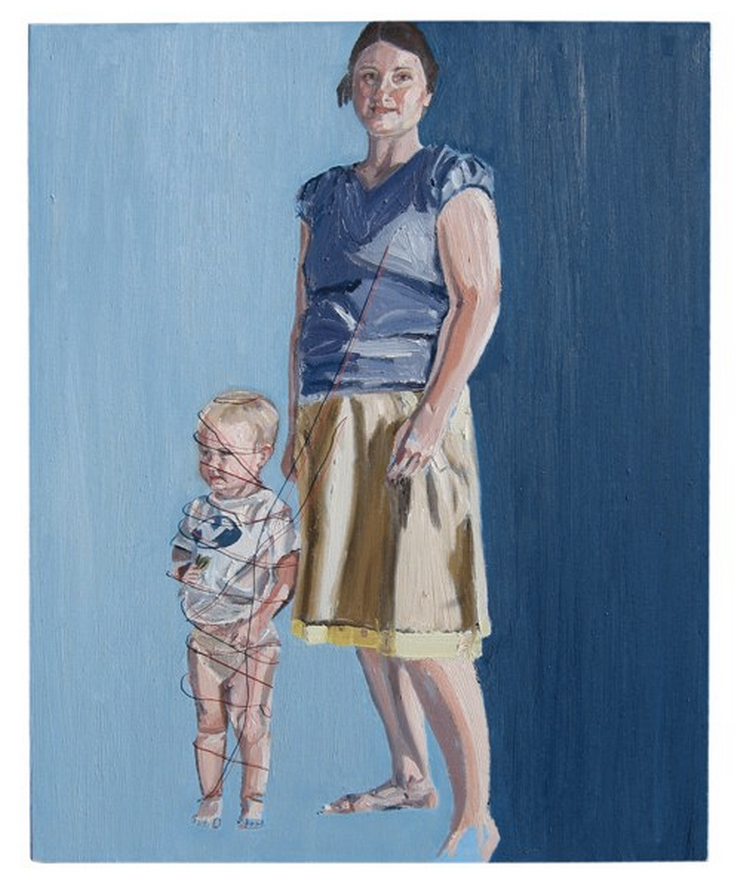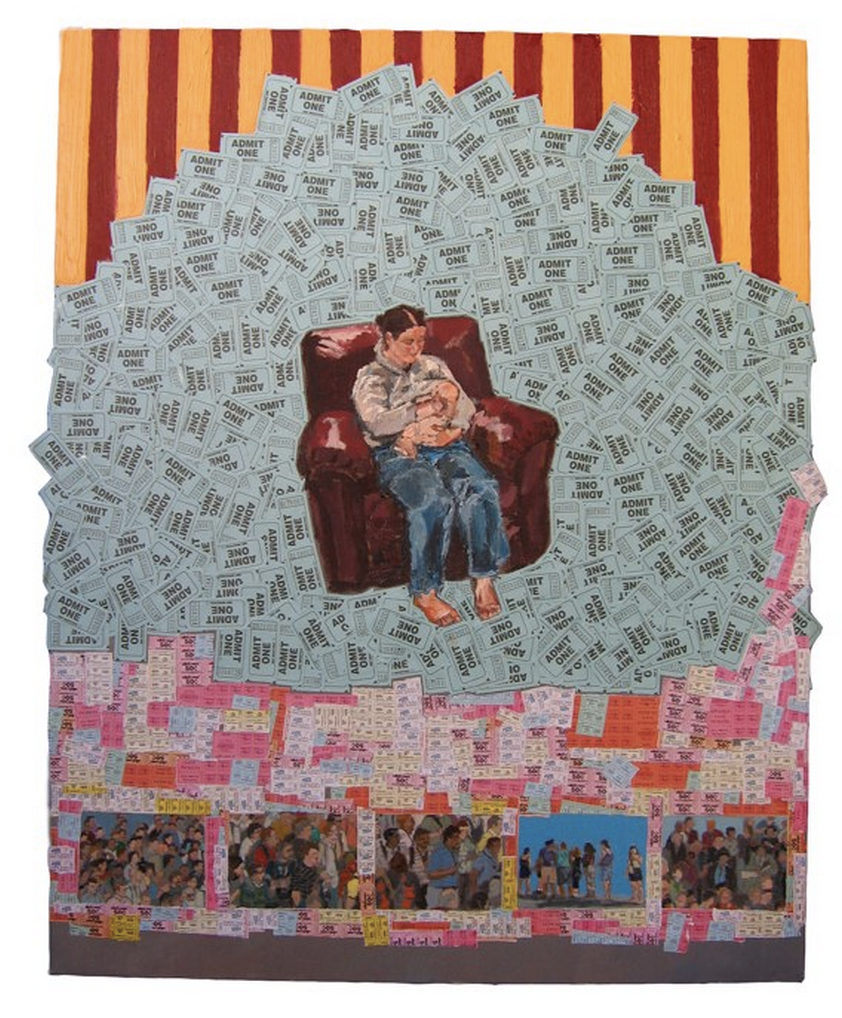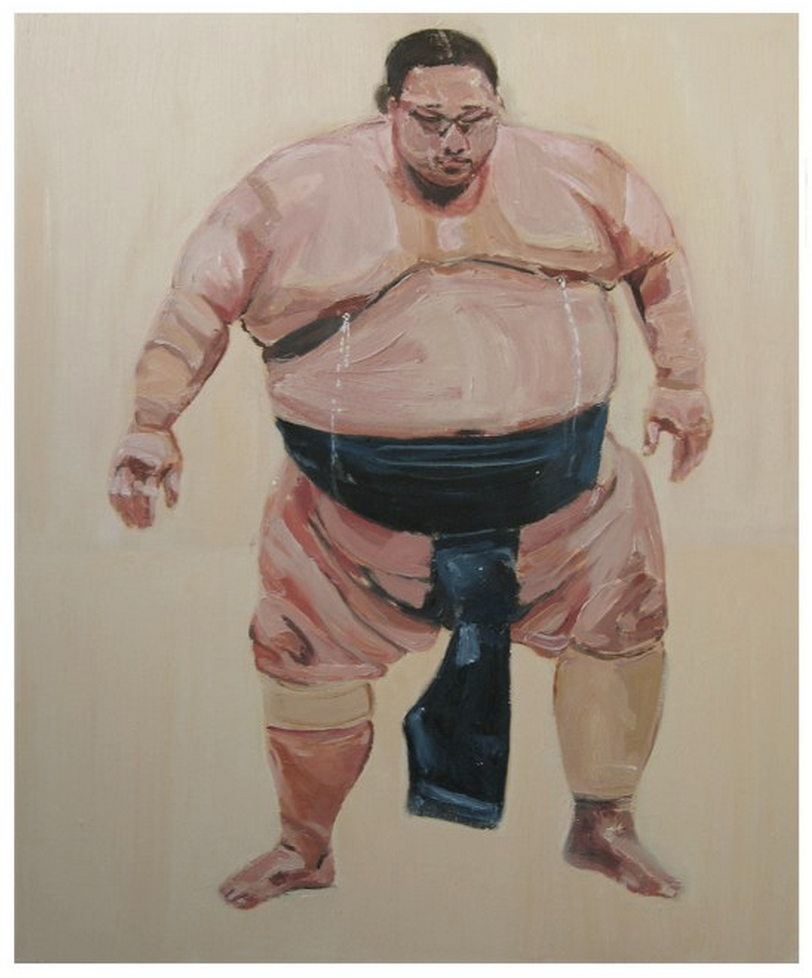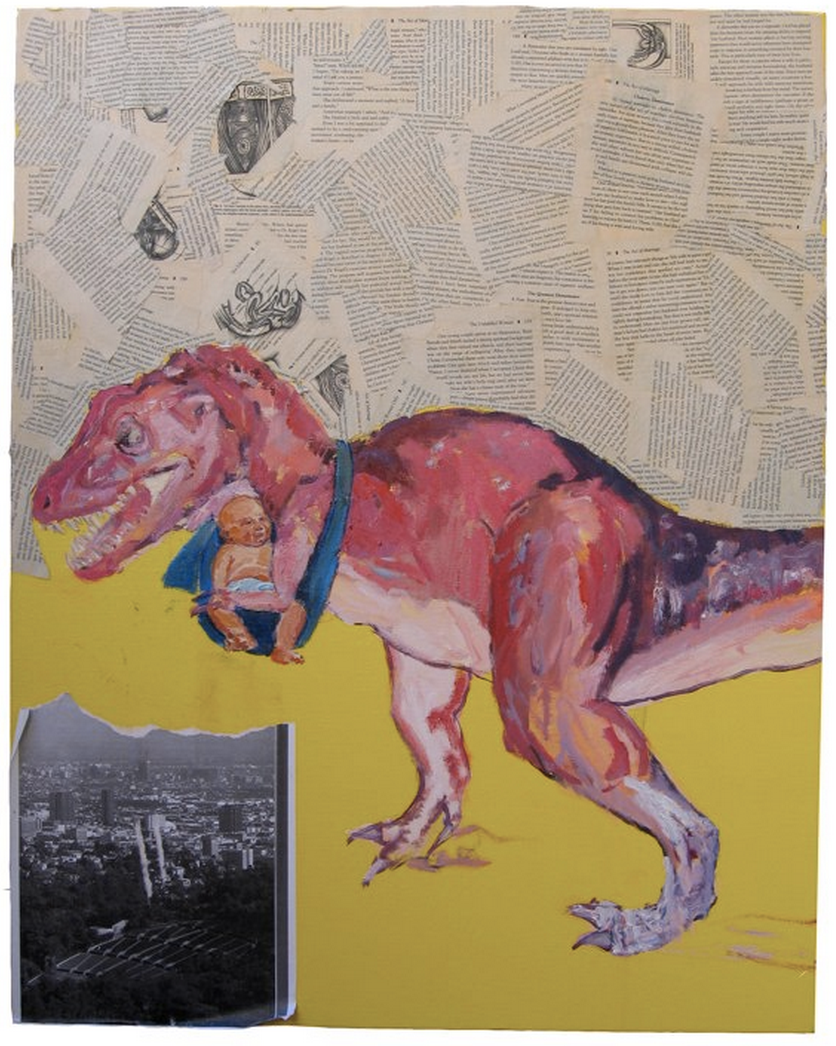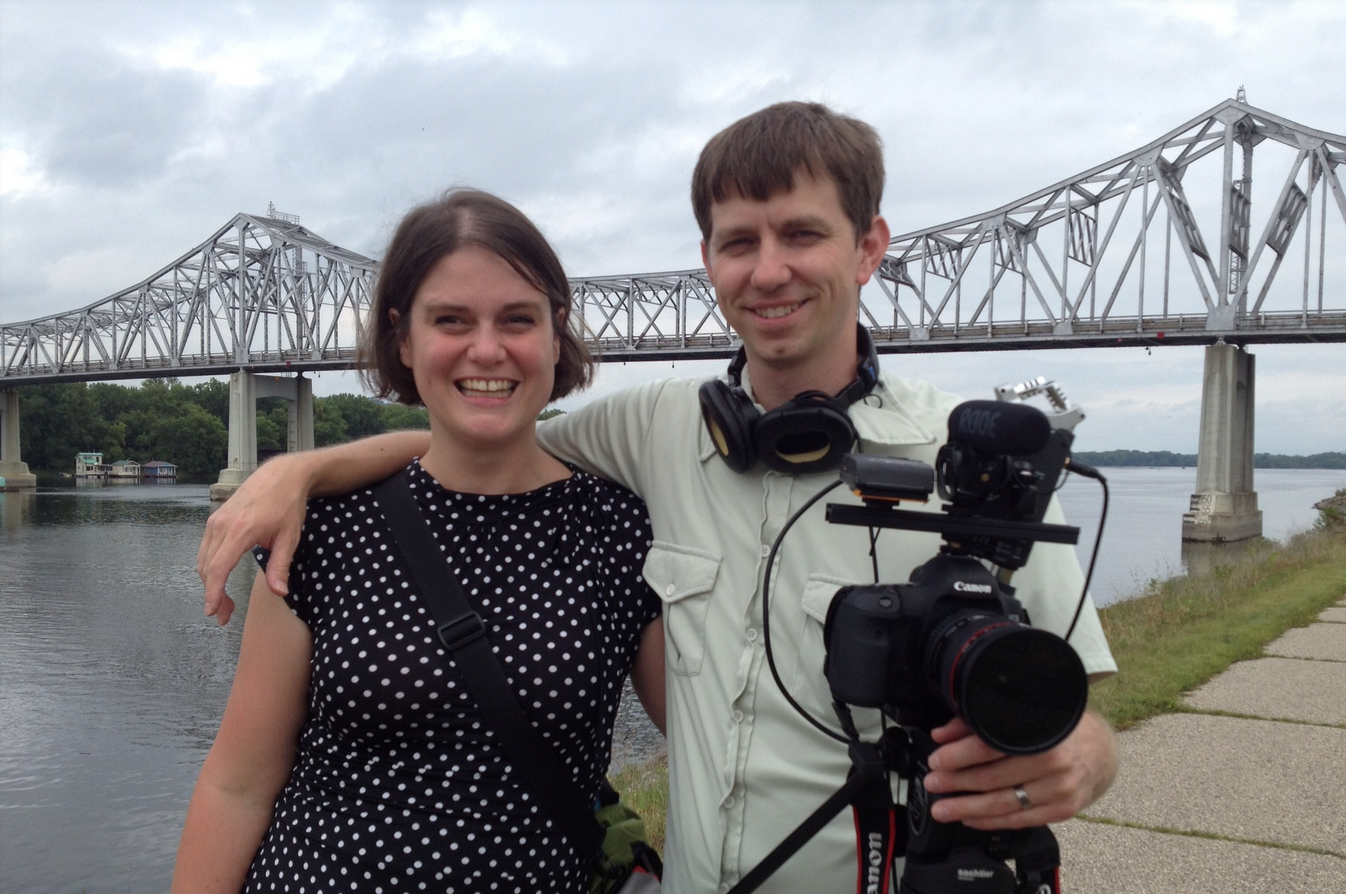Paige Crosland Anderson has a new series of paintings she calls the White Series. Most of the paintings will be on display at a duo-show called Two Lines at the Meyer Gallery in Park City, Utah. The opening reception is on Friday, August 28th, from 6-9:00 p.m. Anderson lives in Utah with her husband and two children and was featured on The Krakens previously for A Bright Recollection.
Tell us about your White Series. In a nutshell it’s all a meditation on creation. I think it all started when a passage from Terryl and Fiona Given’s book “The God Who Weeps” stood out to me. The passage talked about Enoch and creating a Zion society. It postulated that maybe we are forming heaven right now; forming it with the materials around us as we love and serve each other; that maybe “Heaven is not a club we enter. Heaven is a state we attain, in accordance with our ‘capacity to receive’ a blessed and sanctified nature.” This idea resonated with me and I began to fixate on it as I painted. My work is already tied to this notion that we are creating something bigger than ourselves as we engage in the small daily acts that constitute the miracles of our lives. It was a natural jump to think about creation in bigger contexts as well.
I spent some time looking at Hubble Telescope photos and became humbled and amazed once again by the majesty of our Heavenly Father and his creations. The virtual space exploration made me want to paint something heavenly and ethereal. I loved this idea that I could take something geometric and rigid in form and make it read as something soft and inviting. I also really wanted to focus on this idea that we are increasing our capacity for sanctification by working on creating blessed relationships and making our lives a little more heavenly. Thus the “White Series” was born.
As I’ve worked I continued to read and look and take in as much as I could that would fuel the visual aesthetic and the intellectual engine behind the work. Just last night I came across a passage in Romans 1 about those who, “worshipped and served the creature more than the Creator,” a good reminder of who deserves the praise for the beauty in our lives. I hope I translate it well into tapestries that bring us a little closer to our Creator as we ponder what we are doing each day to create—whether it’s meaningful experiences, families, beautiful homes, worthy goals of any sort.
Your work is so connected to your family–do you struggle to title the pieces for fear of making them too personal? I have found that titling is becoming increasingly important to me. I don’t struggle because I’m afraid they’ll be too personal, but I’m anxious about giving the viewer just enough to get them started on engaging with the work without pigeon-holing what they perceive that the work is about. I want to provide the context to have an experience with the painting. Some of them reference a person, usually a “He” in my title is a reference to the Divine. I hope titles like, “The Sum of Our Ceremonies,” or “Slight Inclination of Each Day” reiterate the idea that we are building, small yet significantly, every day towards something celestial.
What’s next? I have a few commissions to tackle and then I think I’ll take a bit of a breather and get to a few non-art projects that have been on the back burner for a while. The next body of work I want to make will allow me to meditate on prayer. I have a few titles I need to create a visual for. There are so many good visually descriptive passages on prayer just in the standard works alone. I hope to also participate in a winter market of some sort or another sell some small paintings. After making big ones all summer, I’m itching to go small again. It’s good to switch it up.
Visit Paige Crosland Anderson’s website.
